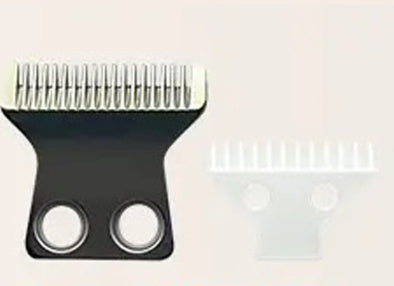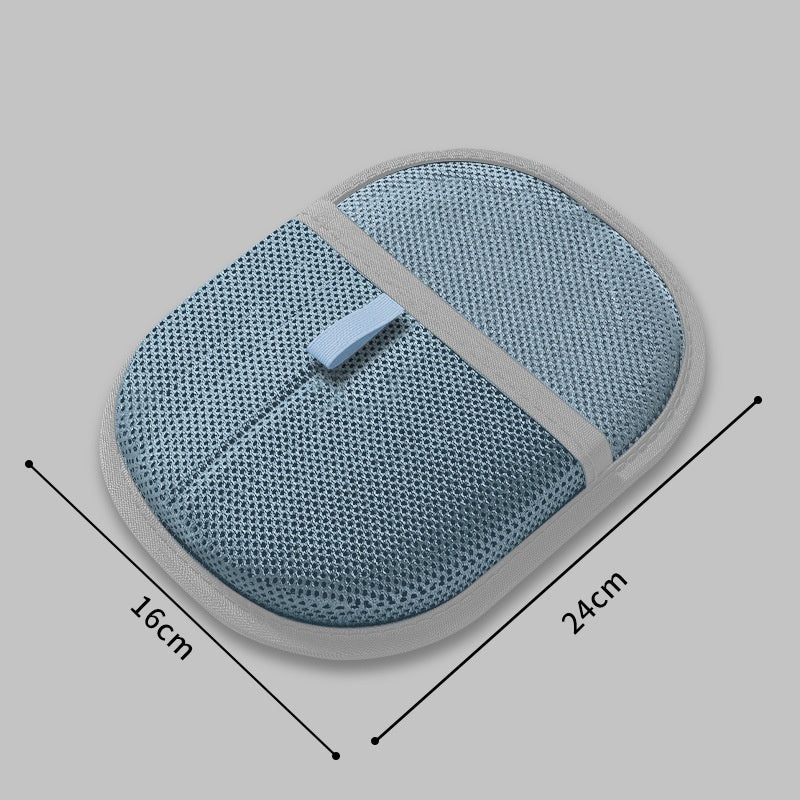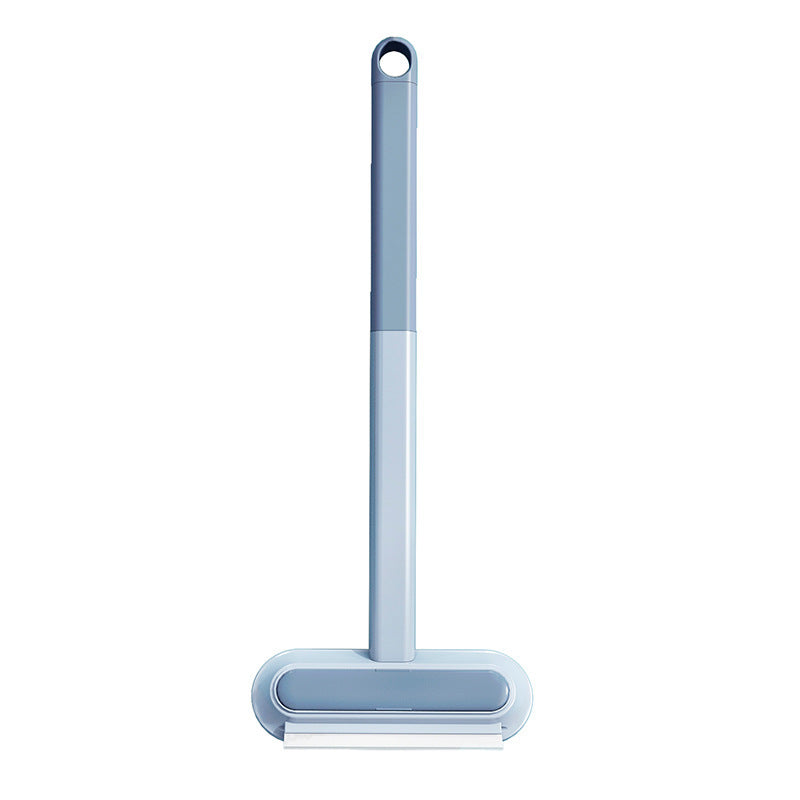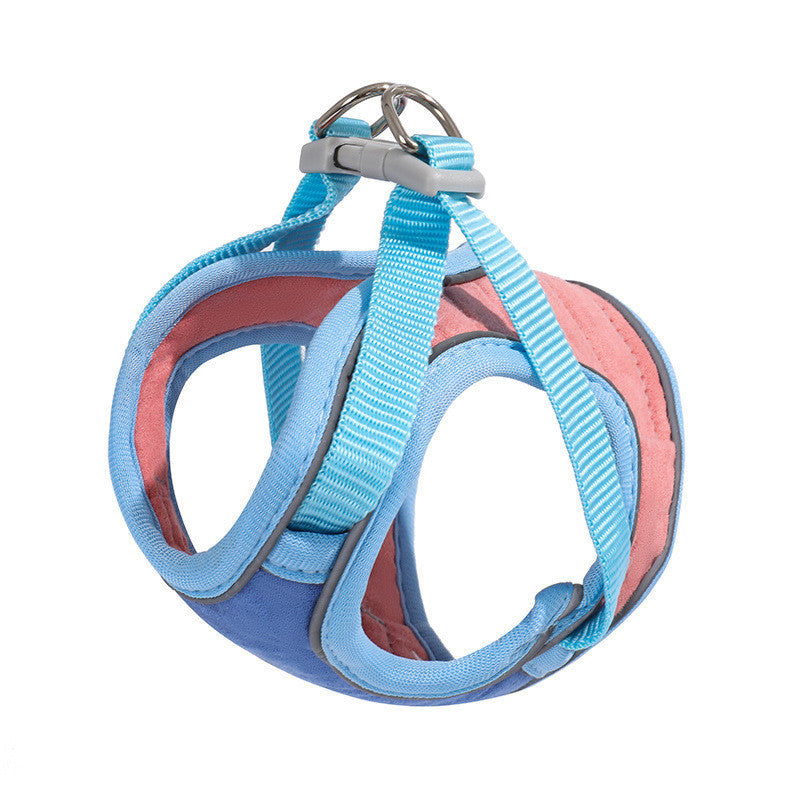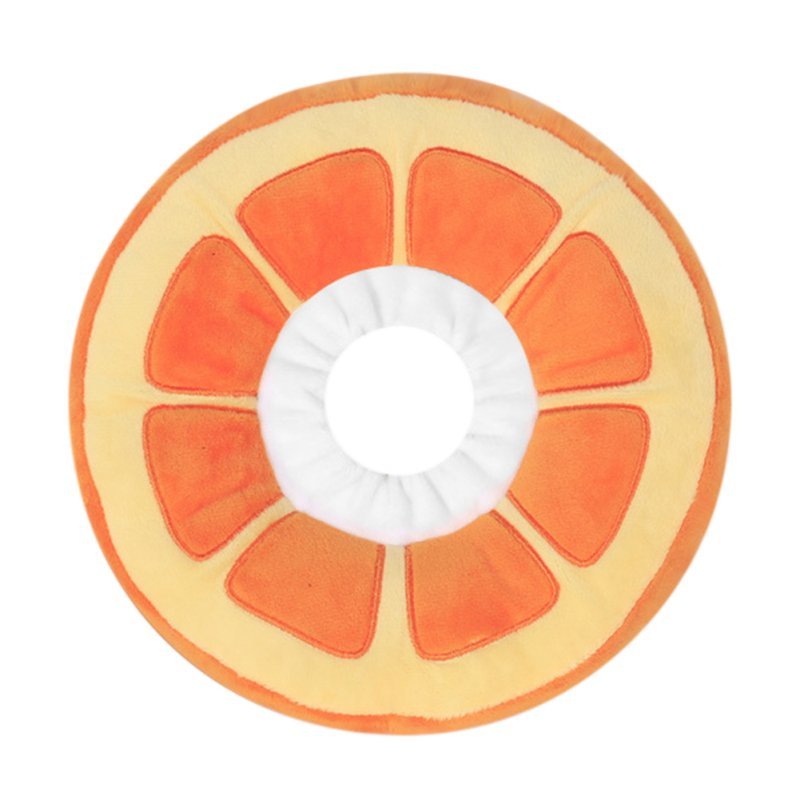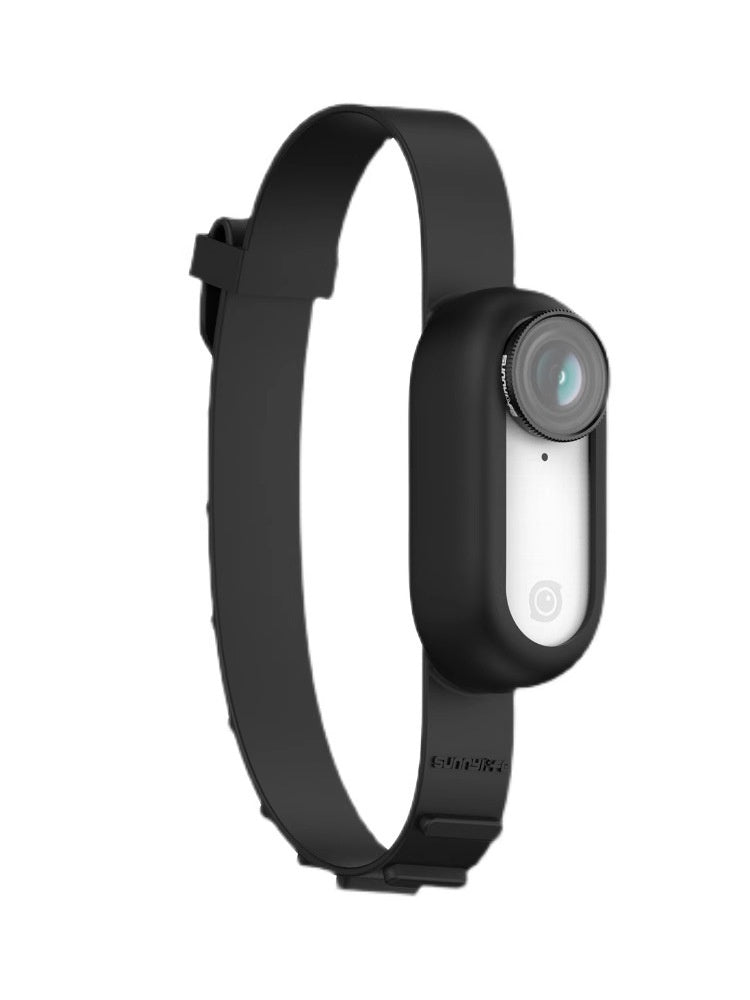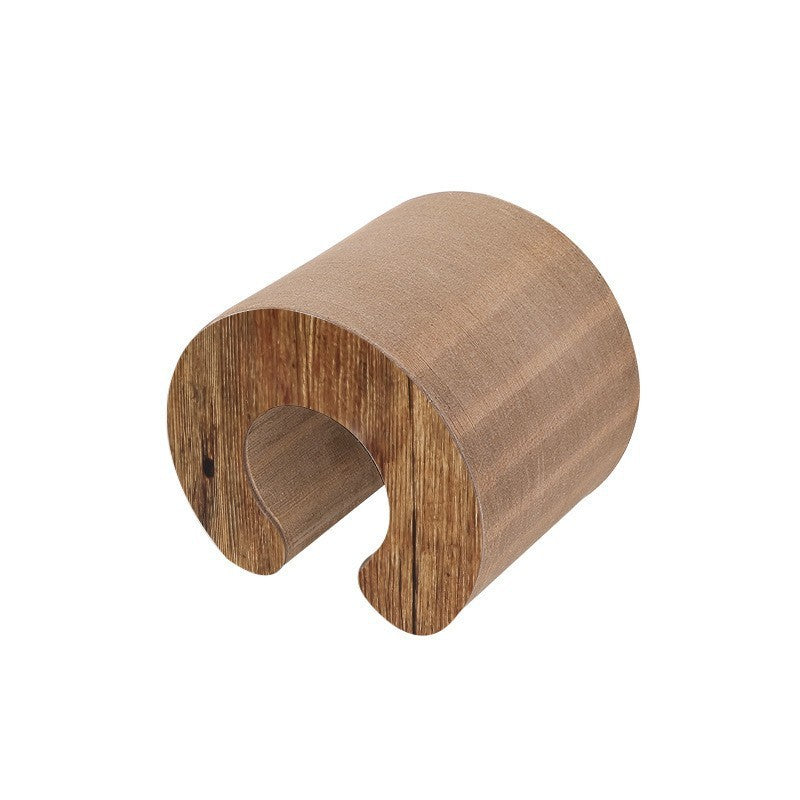Toys are more than just entertainment for cats. They're essential tools for exercise, mental stimulation, and satisfying natural hunting instincts. But with countless options available, how do you choose the right ones? In this blog, we'll guide you through selecting toys that will keep your feline friend engaged and active.
Prey simulation: Cats are natural hunters, so toys that mimic prey movements are often the most engaging. Feather wands, mice toys that squeak, or toys with erratic movements can trigger your cat's hunting instincts and provide satisfying play experiences.
Interactive options: Toys that require your participation can strengthen the bond between you and your cat. Laser pointers, fishing-rod toys, or even a simple string (always supervised) can create interactive play sessions that benefit both of you. Remember to always end laser pointer games with a physical toy your cat can "catch."
Puzzle feeders: These toys combine play with mealtime, making your cat work for their food just as they would in the wild. Puzzle feeders can slow down fast eaters and provide mental stimulation, preventing boredom and associated behavioral issues.
Australian pet retailers and veterinary clinics are increasingly promoting puzzle feeders as a way to slow down fast eaters and provide mental stimulation. The Australian Veterinary Association highlights the benefits of these toys for both physical and cognitive health.
Texture variety: Cats have preferences for different textures; some love crinkly materials, others prefer soft plush, and many enjoy the feel of sisal or carpet. Offering a variety helps you discover what your cat prefers and ensures they stay interested.
Australian cat owners and pet stores commonly offer a variety of textures, from crinkly to plush, to cater to individual preferences. The Cat Protection Society of NSW encourages owners to experiment with different materials to find what their cat enjoys most.
Solo play toys: Busy pet parents should provide toys that cats can enjoy independently. Self-grooming stations, battery-operated motion toys, or even a simple cardboard box can keep your cat occupied when you're not available for play.
| Toy Type | Key Benefits | Examples | Best For |
|---|---|---|---|
| Prey Simulation | Triggers hunting instincts | Feather wands, mouse toys | Active, playful cats |
| Interactive | Strengthens bond, provides exercise | Wand toys, fishing-rod, laser | Cats who enjoy human interaction |
| Puzzle Feeders | Mental stimulation, slows eating | Food puzzles, treat balls | Curious, fast-eating cats |
| Texture Variety | Caters to individual preferences | Crinkly, plush, sisal toys | All cats |
| Solo Play | Independent entertainment | Battery-operated, boxes, tunnels | Busy households, shy cats |
Understanding your cat's play preferences takes time and observation. Some cats prefer aerial toys they can leap for, while others enjoy batting small objects across the floor. By providing a rotation of different toys and noting which ones generate the most interest, you can create a toy collection perfectly suited to your unique feline friend.
Step-by-Step Guide: Choosing the Right Cat Toys
- Observe Your Cat’s Play Style: Note whether your cat prefers chasing, pouncing, batting, or stalking.
- Select Prey-Simulating Toys: Choose feather wands, mouse toys, or toys with erratic movements.
- Engage in Interactive Play: Use wand toys, fishing-rod toys, or supervised string play. Always end laser pointer games with a physical toy.
- Introduce Puzzle Feeders: Use puzzle feeders to combine mealtime with mental stimulation.
- Offer a Variety of Textures: Provide toys with different textures to discover your cat’s preferences.
- Provide Solo Play Options: Include self-grooming stations, battery-operated toys, or cardboard boxes for independent play.
- Rotate Toys Regularly: Keep your cat’s interest high by rotating toys every few days.
Remember that even the most exciting toy will eventually lose its appeal, so rotate toys regularly to keep your cat's interest levels high.
FAQs: Cat Toys
Q: What types of toys do Australian cats like best?
A: Most Australian cats enjoy prey-simulating toys, interactive wands, and toys with a variety of textures, as recommended by the Cat Protection Society of NSW.
Q: Are laser pointers safe for cats?
A: Yes, but always end the game with a physical toy your cat can “catch,” as advised by RSPCA Australia and Australian veterinarians.
Q: How can I prevent my cat from getting bored with their toys?
A: Rotate toys regularly and offer a variety of types and textures to keep your cat engaged, as suggested by Australian pet experts.
Q: What are puzzle feeders, and why are they beneficial?
A: Puzzle feeders make cats work for their food, providing mental stimulation and slowing down fast eaters, as highlighted by the Australian Veterinary Association.
Q: Can my cat play independently?
A: Yes, solo play toys like battery-operated motion toys or cardboard boxes can keep your cat entertained when you’re not available, as recommended by Australian pet retailers.









